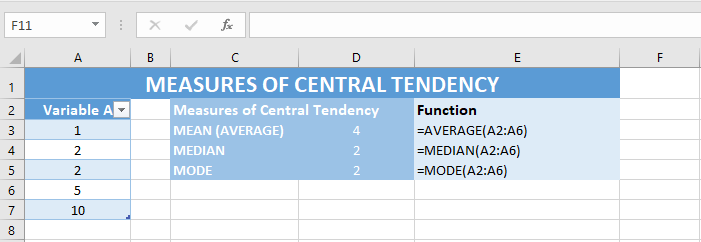
How many are there? Are they qualitative or quantitative? If they are quantitative, are they discrete or continuous? Another useful practice is to explore how your data are distributed. A useful starting point is to get a handle on your variables. Most often, these appear as count variables, signifying the number of times that something occurred: the number of firms invested in a country, the number of hate crimes committed in a county, etc. Discrete variables can only take the form of whole numbers. Continuous variables can appear as fractions in reality, they can have an infinite number of values. Like categorical variables, there are a few relevant subclasses of numerical variables. Numerical variables Such variables describe data that can be readily quantified.

Ordinal variables are like nominal variables, only there is an ordered relationship among them: no vs. They signify conceptual categories that have no inherent relationship to one another: red vs. Nominal variables can range over any number of non-negative integers. They signify conceptual opposites: war vs. Dummy variables take only two possible values, 0 and 1. There are a few subclasses of such variables. Categorical variables Such variables include anything that is qualitative or otherwise not amenable to actual quantification.

The following variables are those which you are most likely to encounter in your research.

Types of variables Your variables may take several forms, and it will be important later that you are aware of, and understand, the nature of your variables. 1 Statlab Workshop Introduction to Regression and Data Analysis with Dan Campbell and Sherlock Campbell October 28, 2008Ģ I.


 0 kommentar(er)
0 kommentar(er)
